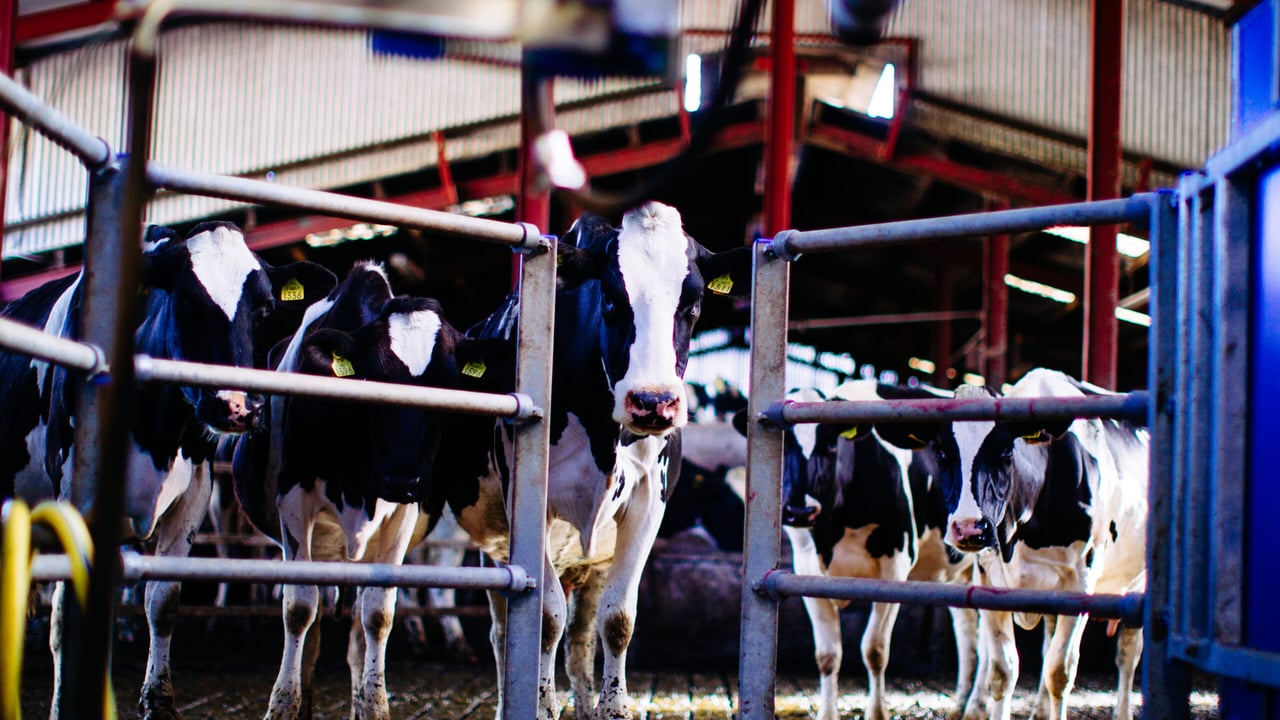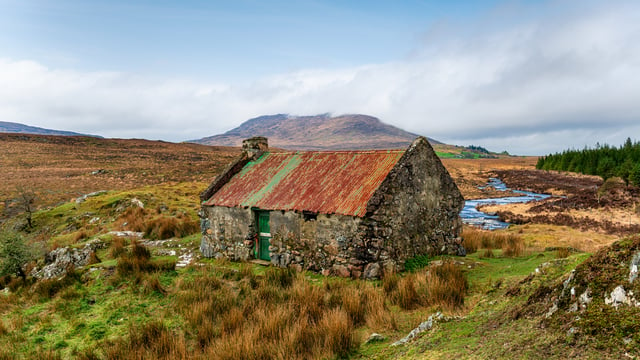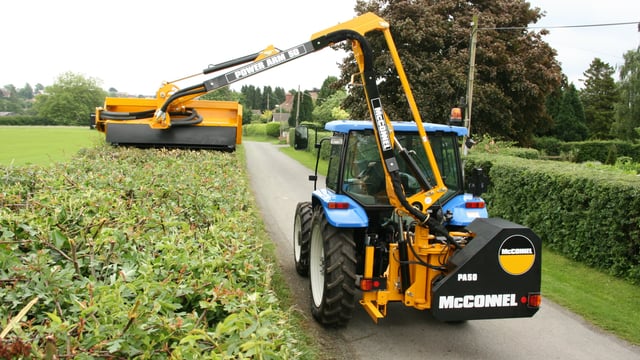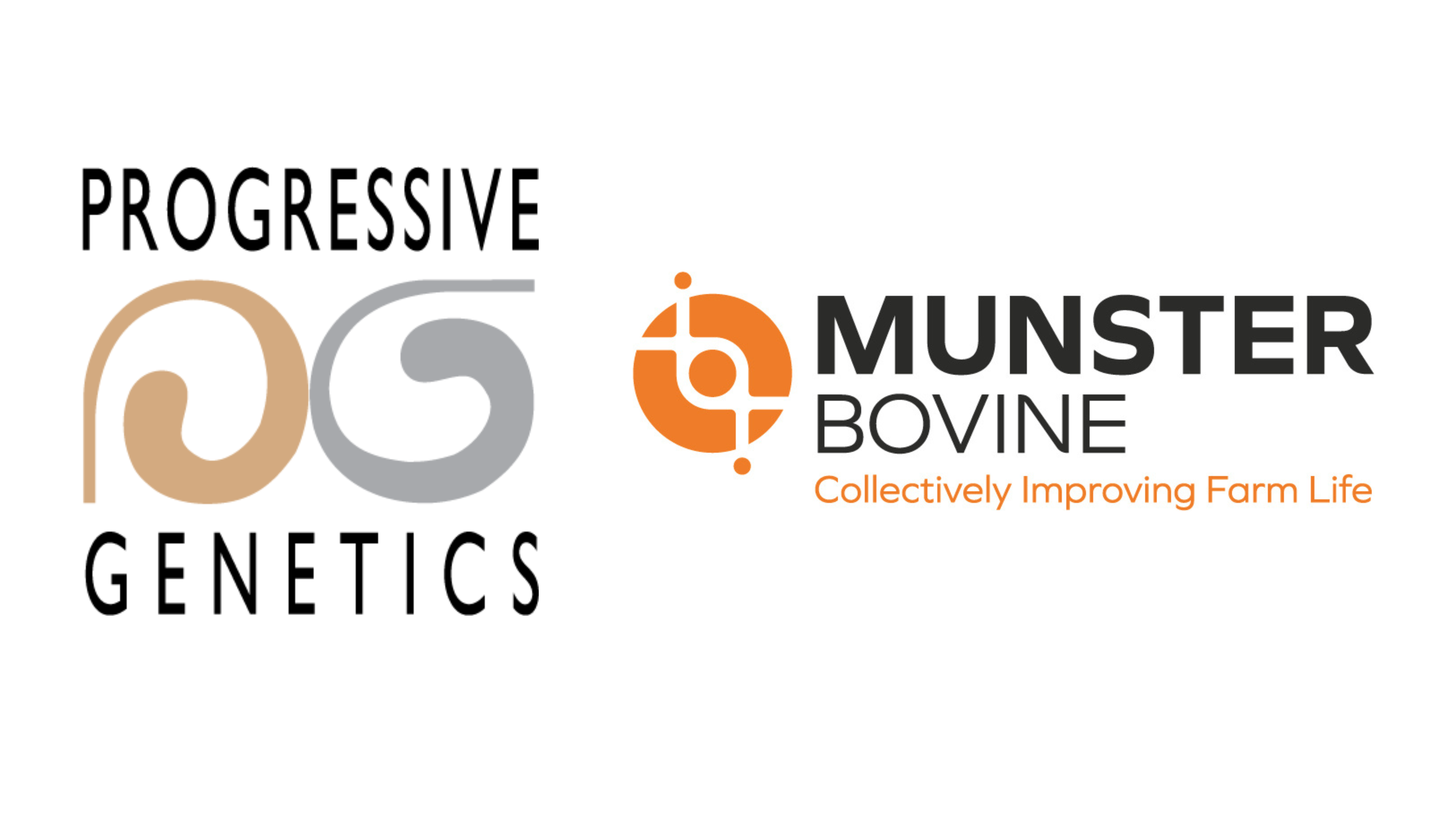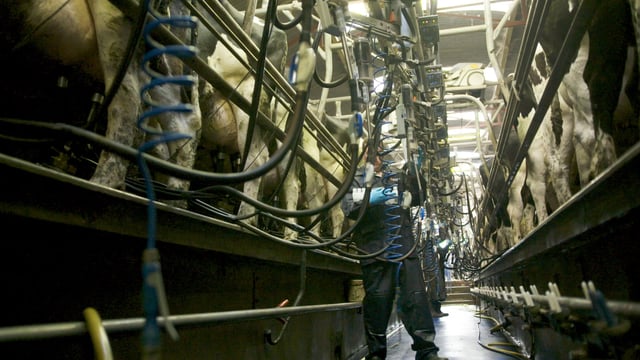Opinion: Health and safety now a priority for farms
Slurry mixing and spreading, quite rightly, receive a lot of media profile at this time of the year, from a health and safety perspective.
But I would strongly argue that the most dangerous scenario facing dairy farmers in Ireland during the spring period is calving cows and the aftermath that can follow.
So here is the salutary fact - the most dangerous animal on any livestock farm is not a bull. Rather it is a cow in the direct aftermath of calving.
And it is so easy to forget this reality. It’s a natural desire on the farmer to check on a newborn calf. Putting iodine on the calf’s navel is that all important starting point when it comes to protecting the health of the new arrival.
And most cows will be happy for this to happen. But there will always be one or two, who, without warning, will put the head down and make a charge for the person interfering with her calf.
And this is a natural defence mechanism on the part of the new mother. But taking the full force of a charge made by a 650kg cow is not fun; in fact it’s downright dangerous.
So, absolute care is required on the part of anyone wanting to check the status of a newborn calf while the mother is in the pen.
Difficult calvings come with their own health risks. Cows that have had to endure this experience will be in great pain and can kick out at anyone coming into their line of vision, even while recumbent.
The power they can produce in this way is significant. It all adds up to a significant health and safety risk for farmers and others working with such animals.
All of these issues can be compounded by one single factor - tiredness.
Block calving a relatively large number of cows and heifers within a short period of time will take its toll on any human being.
So it’s incumbent on dairy farmers to get that extra help at this time of the year, which takes the pressure off.
Calving cows, milking freshly-calved animals, feeding them indoors, calf rearing, and cleaning cubicle houses all adds up to more than significant workload.
It struck me that the agricultural colleges could build in specific placement opportunities for students on dairy farms throughout the calving season as part of the formal curriculum that is followed.
As the old saying goes - many hands make light work.

